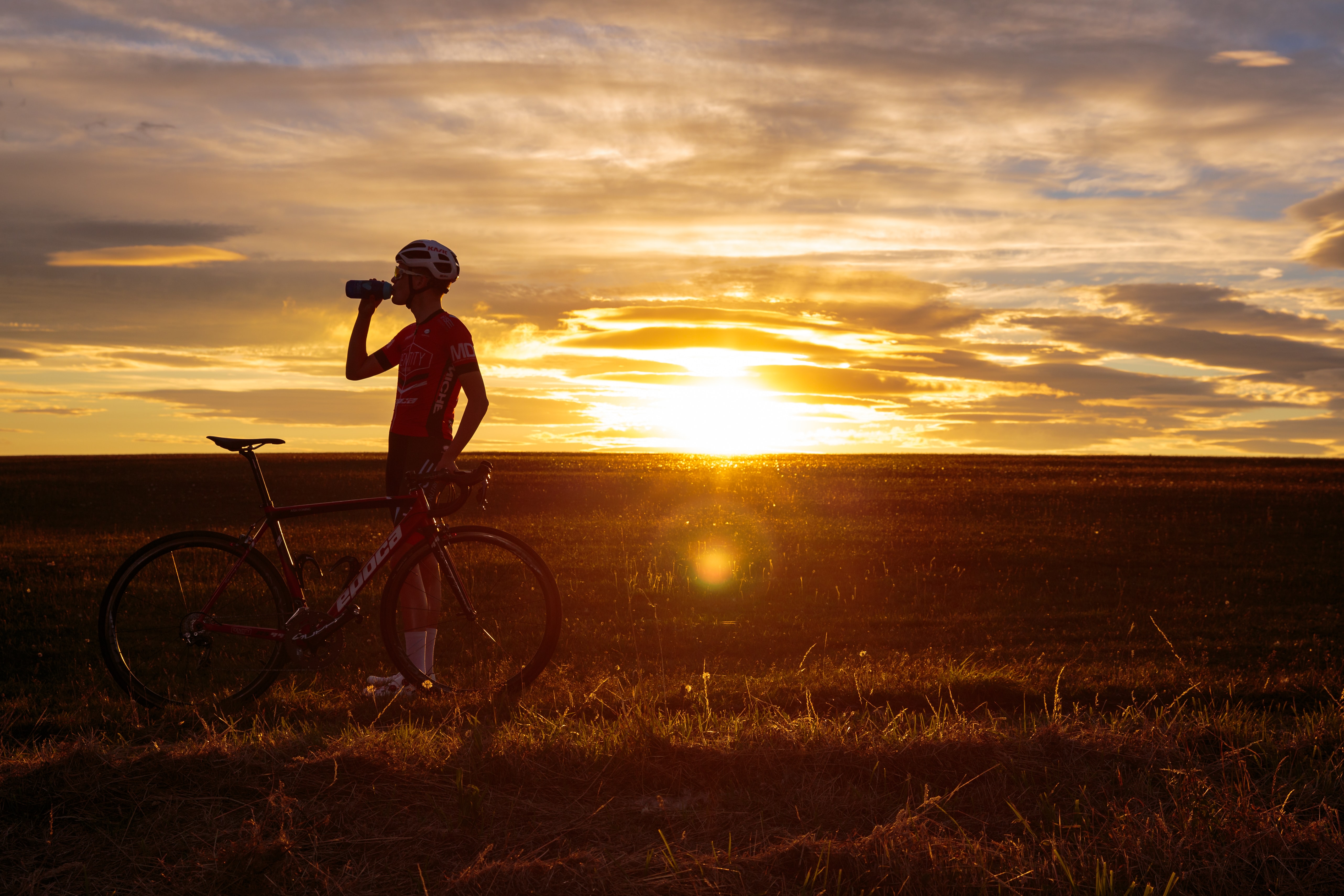How I Fuel During an Ironman Race

Overview
Fueling during the Ironman Triathlon is a complex equation that needs to be solved in order for you to be able to finish the demanding race. You have to be careful to avoid conditions such as hyponatremia/electrolyte imbalances, GI distress, and just having enough calories to finish the race.
My Calorie and Fluid Needs
I’m 6'1", hovering around 180lbs currently. During my Ironman races, I have ranged from 168lbs to 175lbs. During physical activity, my body burns 1000+ calories an hour. Not everyone is going to burn at that rate, but it’s important to understand how many calories you are burning. Any reputable fitness watch will be able to approximate this for you.
The other thing to be cognizant of is how much you are sweating. To calculate this, weigh yourself before a run/ride and then again after. From there, find the difference between the two and factor in how much fluid you took in during the activity. For example:
- Before my run: 180lbs
- After my run: 178lbs
- Activity duration: 2hrs
- Amount of liquid consumed: 32 ounces
The Math:
- 180 - 178 = 2 lbs
- 2lbs + 2lbs consumed (32 ounces) = 4lbs
- 4lbs / 2 hours = 2lbs (32 ounces)
32 ounces per hour sweat rate
Common Types of Fuel
There are a few different types of fuel. Liquids, gels, gummies and solid foods. Liquids, gels and gummies will be much more readily absorbed by your body as opposed to solid food. Some people prefer solid food though. You should be aware though, that the more solid your food is, the more blood your body will divert to attempt to digest it.
A Word of Caution
Many people suffer from GI distress during the Ironman. Many different factors are at play here. In order to prevent GI distress, you should practice ahead of time during training using the same fueling plan that you plan on using during the race.
The Race Provides…
Most, if not all, Ironman Races offer on-course nutrition. There is nothing wrong with using this nutrition. Just practice and plan ahead. Practice using the on-course nutrition during training if you plan on using it during the race. Plan to the point of you know how much energy and electrolytes you plan on consuming every hour during your race.
Is Sugar the Enemy?
For the longest time, sugary gels were seen as the primary fuel source during the race. In the races that I was in, it was not uncommon to see 20-30 gels taped to the downtube of someone’s bike. Digesting that many gels is bound to give anyone GI distress. A typical gel only contains 100 calories as well, making it tough to obtain enough calories to avoid bonking. What the body needs is a better way to obtain energy.
Speaking for myself, this is where fat and superstarch came into play. Specifically MCT oil and UCAN.
My Race Fuel Recipe
For my Ironman Races, I blended up a custom sports bottle of electrolytes and energy. I consumed four bottles over the course of the race. Two bottles for the ride, and two for the run. You can find my Ironman Fuel Drink recipe here.
Try the recipe out! And let me know what you think. For me, it was a game changer. I had no GI issues and had plenty of energy throughout my race.